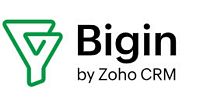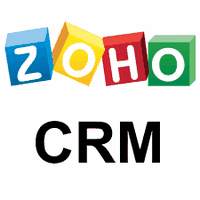 A few weeks ago I wrote about some of the changes that ACT! has experienced during its 25 year history. I received a call this week from one of the original ACT! co-founders , Mike Muhney, prompting me to take you on another trip down Memory Lane in Mike’s own words.
A few weeks ago I wrote about some of the changes that ACT! has experienced during its 25 year history. I received a call this week from one of the original ACT! co-founders , Mike Muhney, prompting me to take you on another trip down Memory Lane in Mike’s own words.
“The mid-1980s were a vibrant, competitive time, even compared to today’s software landscape. At the time, the PC software world was ruled by three main companies and their respective products: Lotus with their 1-2-3 spreadsheet software, WordPerfect with their WordPerfect word processing software, and Ashton-Tate with their dBase database software. At the time, they were thought unbeatable and irreplaceable. Competing or even keeping up with them was an intimidating endeavor. And the venture capital community? If you couldn’t generate revenues of at least $100 million in three years, they simply weren’t interested.
Both Pat Sullivan and I, career sales guys, had no need for a PC for the most common applications, but we did see a need to use it to keep better records for every person we were working with. On July 4, 1986, we set aside four hours to brainstorm. By the end of that session we knew we were on to something. We concentrated on answering one simple question: What is it that we ourselves need the most?
I code-named our idea YES!, which stood for Yes, Everybody Sells! We used this code name until I came up with the name ACT! It was the result of thinking up a phrase that could produce an acronym, which was Activity Control Technology. The exclamation point was added for emphasis. Pat and I created and coined a design philosophy that we called “useful use.” We measured every idea either of us had by that philosophy. If it wasn’t a “useful use,” the other one could veto it.
Salespeople want things simple, easy and effective. So, as two career sales guys with no real software design, nor architecture backgrounds, we focused on the user’s daily use, benefit and value.
ACT! was released on the market on April 1, 1987.
After its creation, ACT! existed in a state of suspended animation categorically and stood the risk of the journalistic community placing us in whichever category they chose. We still had one glaring hole in our PR strategy, the answer to the biggest question of all: What was ACT!? We could define its features and capabilities in depth, but we had no word to attach the definition to. Every one of the major software categories had only two words to describe it: Database Software… Spreadsheet Software … Wordprocessing Software…
In retrospect, the category of Contact Software seems to have evolved so naturally. However, it took some of the best marketing minds in the country to help us come up with it.
Twenty-three years later, the category known as contact management, and its progeny customer relationship management (CRM), is a multi-billion dollar industry. The category of contact management has undergone several shifts and iterations, most recently following the trends of social networking. However, the core principles of relationship management remain as valid today as they were when we first sought to fill the need twenty-five years ago.”
If might come as no surprise for you to learn that Mike Muhney is still designing products in the contact management category, this time for the Apple platform. You can check out his new products by going to the VIPOrbit website. No doubt that his new baby will carve a niche in the Apple environment in the same way that his “first-born” created one in the Windows environment.




